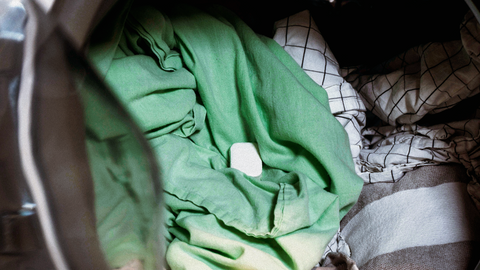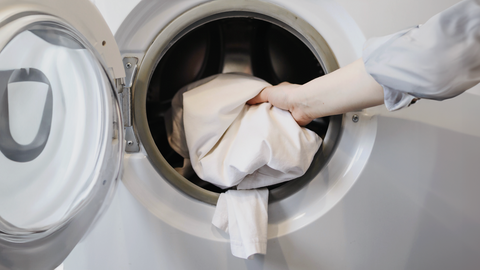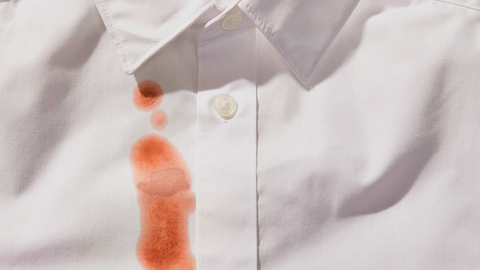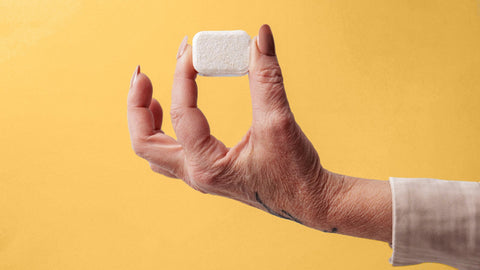The Dirty Truth About Kitchen Sponges: a bacteria hotbed
Let's face it, the humble kitchen sponge is a must-have for our daily cleaning routine. But did you know that it can also be a breeding ground for billions of bacteria? Fear not, this comprehensive guide will help you navigate the world of eco sponges and non-scratch scourers to keep your kitchen sparkling clean and hygienic. So, let's dive into the fascinating realm of washing up sponges, natural sponges, and everything in between.
.
The Dirty Truth About Kitchen Sponges
Bacteria Bonanza
Believe it or not, your dish washing sponge could be harboring as many as 45 billion microbes [1] per square centimeter. Even more shocking, a study found that your kitchen sponge could be home to 362 different types of bacteria [2]. That's right, you're not just scrubbing away grease and grime, you're also swiping around a microscopic army of bacteria.The Good, the Bad, and the Ugly
While it may sound alarming, not all bacteria found on your washing sponge are harmful. Most of them are harmless and won't make you sick. However, it is still essential to practice good kitchen hygiene to avoid cross-contamination and foodborne illnesses.A Tale of Two Zones
Another surprising fact is that studies have found that kitchens and sponges can house even more bacteria than bathrooms. This is because sponges provide the ideal environment for bacterial growth: they get wet frequently, often don't dry out properly, and collect food particles, making them a bacteria's paradise.The Natural alternative
The Pros of Eco Sponges
Eco sponges, also known as natural sponges, offer a more sustainable and environmentally-friendly alternative to traditional synthetic sponges. Made from 100% natural materials like cellulose from wood pulp, these sponges facilitate swift drying, effectively minimizing bacterial growth and ensuring a cleaner, more hygienic kitchen space.
The Many Varieties of Eco Sponges
There are many types of eco sponges available in the market, including silicone washing up sponges, plastic scourers, dish sponges, and even compostable sponges. Each has its unique features and benefits, catering to different preferences and cleaning requirements.The Power of Multipacks
To ensure that you always have a fresh eco sponge on hand, consider investing in washing up sponges multipack. This way, you can replace your sponge regularly without having to run to the store every time you need a new one.








































